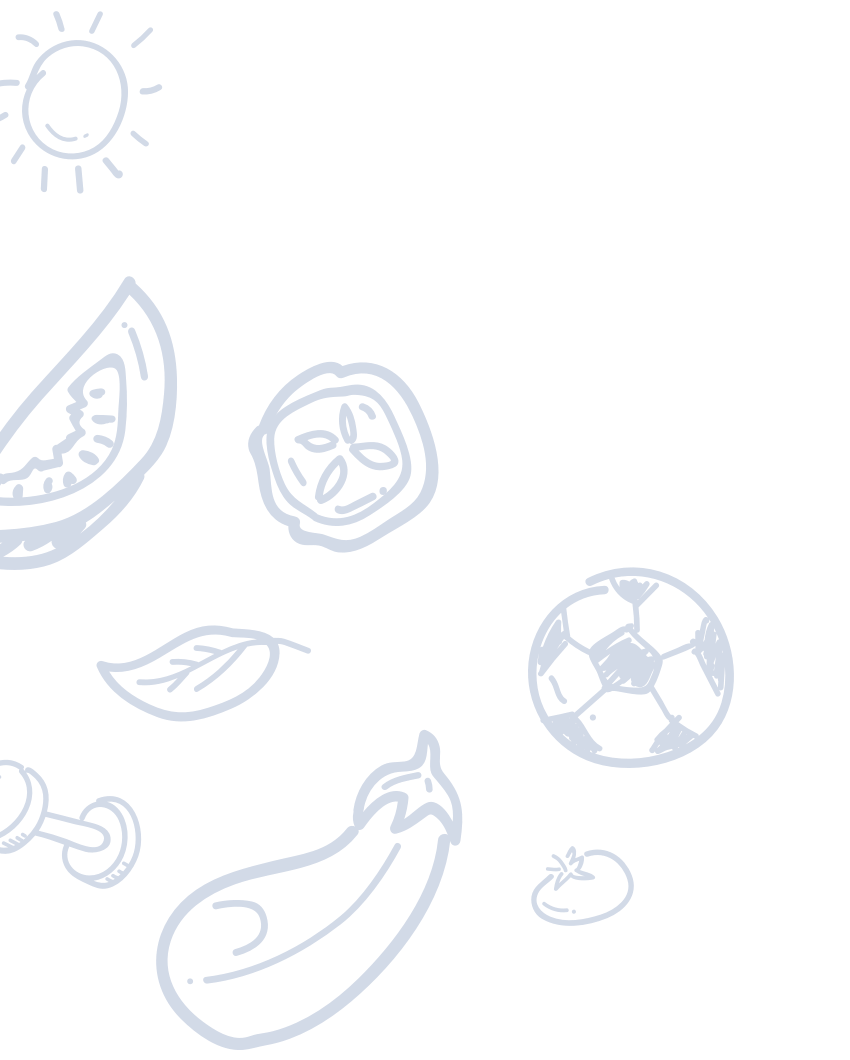Take a step inside our greenhouse and learn how we use good bugs as a natural pest control known as Integrated Pest Management (IPM). Let’s learn more from Graeme Montrose, IPM Manager at Pure Flavor® Farms in Leamington, ON.
Can you describe your job and how long you have been with Pure Flavor® Farms?
I have been with Pure Flavor® since March of 2023; however, I have worked in IPM since 2004. I visit the other IPM scouts in their respective greenhouse areas, walk rows of crops, and meet with our growers to review their crops. I also have weekly meetings with our industry partners who provide products and services to us
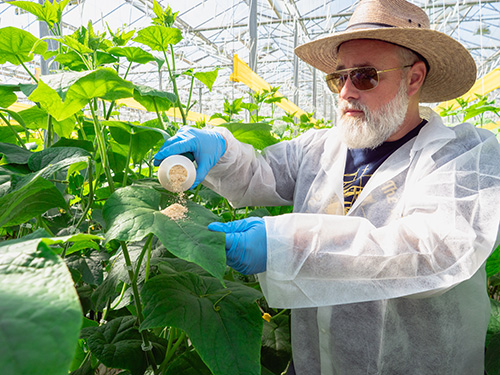
How would you describe what IPM means in the greenhouse setting?
IPM is integrated pest management. In the greenhouse setting, it is an approach to solving insect and disease issues without resorting immediately to chemicals to correct the situation.
IPM starts with detailed scouting records of cultivated crops, regular introductions of biocontrols, i.e., good bugs, and weekly program evaluations. After that, IPM programs use chemicals to control issues; however, it is the last line of defense.
Who makes up an IPM team?
The backbone of any IPM team is the scouts. The team comprises two scouts for each range, a manager, and the crop workers who help introduce the biocontrols.
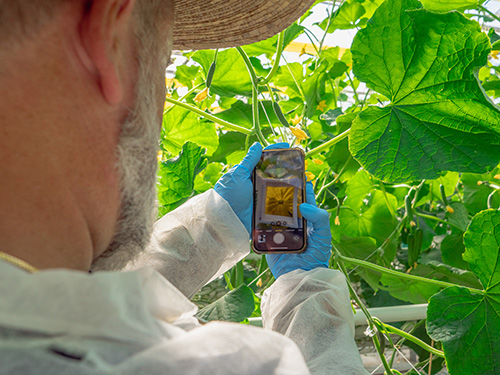
What does a typical day look like for your team?
IPM scouts spend their days touring the crops keeping notes of any anomalies or issues they find
What are the most common pests found in a greenhouse?
The most common pests in greenhouse vegetables are thrips, spider mites, white flies, aphids, and caterpillars.
How do you control greenhouse pests?
We use a lot of different biological controls in the greenhouse and different insects depending on the crop because they aren’t all “generalists” – meaning they don’t have a diet for all of the insects that attack our crops.
What types of bugs do you use and why?
We use different methods for different crops; however, the principles stay the same. Early detection is critical, as is choosing the right “tool” for the job.
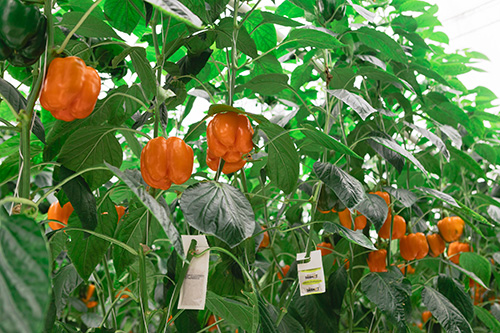
How do you transport them into the greenhouse?
They are always delivered to the greenhouse via refrigerated vehicles and are maintained in insulated boxes. We move the insulated containers into the greenhouse and release the insects where they need to be right after delivery to ensure good establishment.
We are also using banker plant systems in our organic ranges. Banker plants are open-rearing systems that allow “good” bugs a habitat. These banker plants are installed throughout the crops to help combat issues.
How is IPM a part of a sustainable way of growing? How does it impact the environment?
As food producers, we have a responsibility to our planet to minimize the environmental impact of our business. The insects we release limit the number of chemicals used. The biocontrols are sent to us so that we can recycle most of the materials they are shipped in, i.e., cardboard boxes and tubes/reusable icepacks/plastic pails that are reused, which helps with less to the landfill. Using more biological controls rather than chemicals ensures less of an environmental impact and fewer populations of “resistant” insects that don’t belong in our environment.
What do you love most about your job?
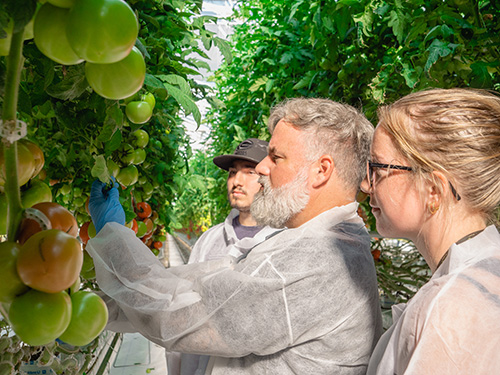
I love many things about my job, but I’d have to say the people at Pure Flavor® Farms are at the top of that list. Dealing with insects is very interesting, but the people make this enjoyable. Without the people who look for issues and the people who help release the biocontrols, the programs we put in place would never get off the ground. Although the company is growing rapidly, I still feel there is a family vibe here, which resonates with me. I feel very fortunate to work with such a dedicated and passionate group of individuals!

